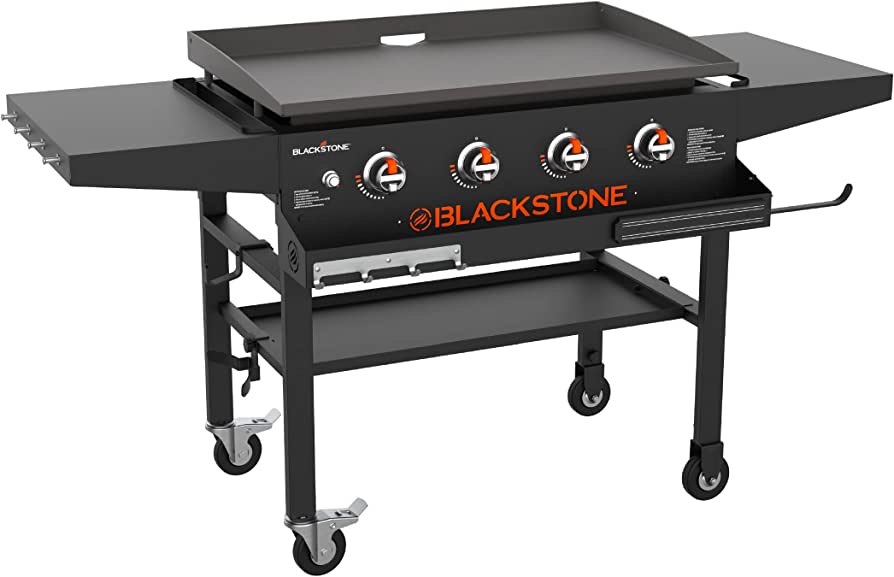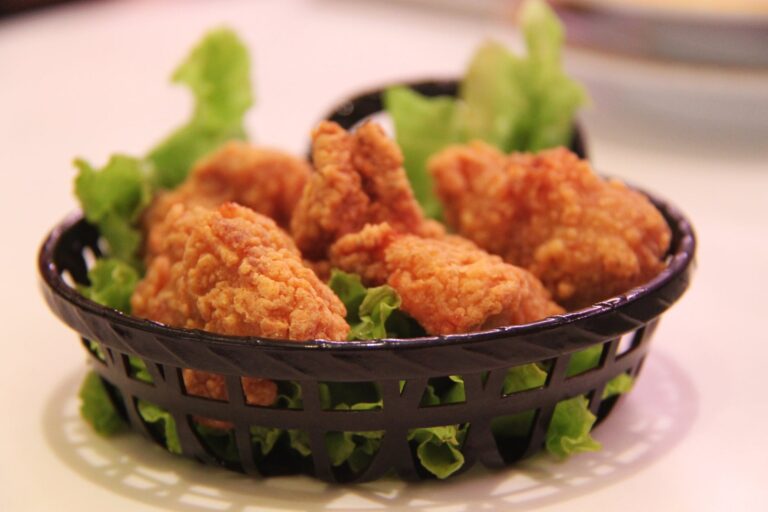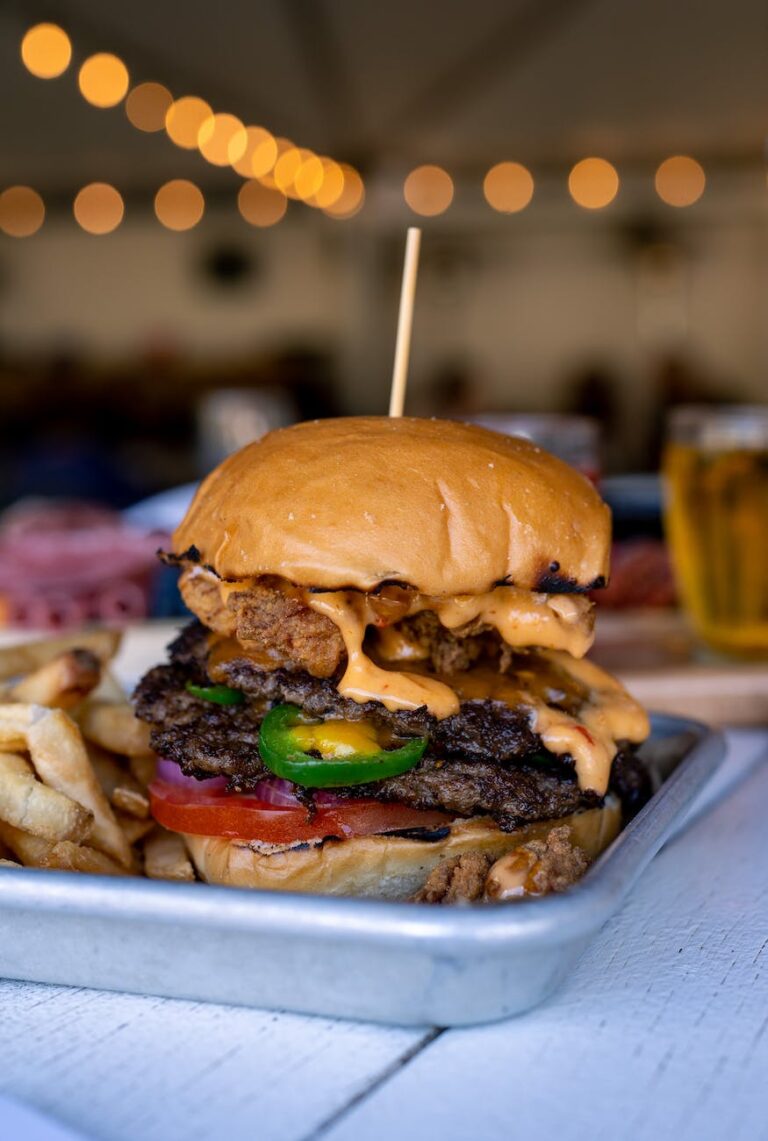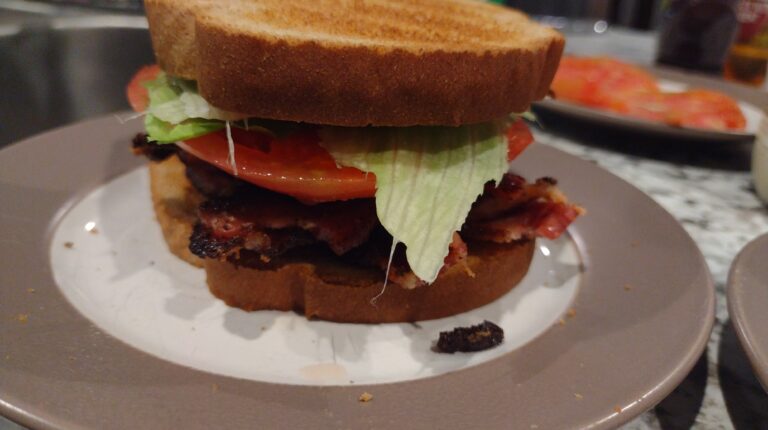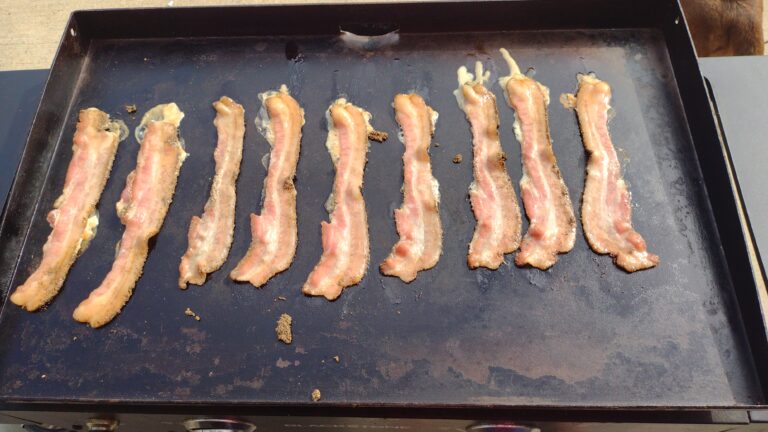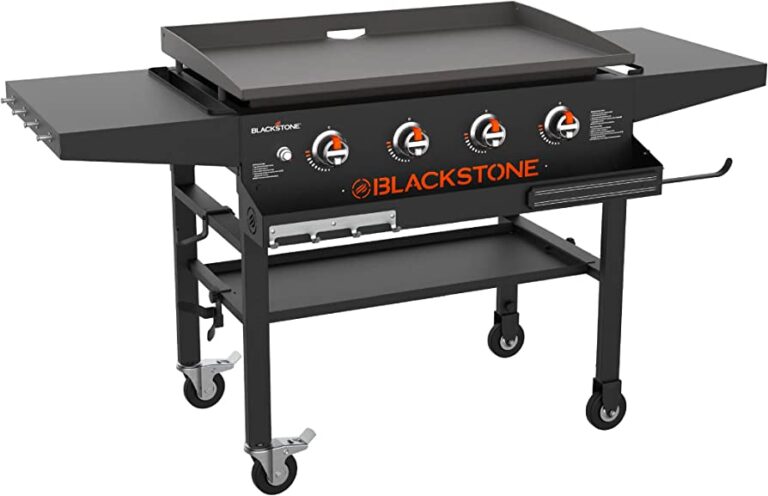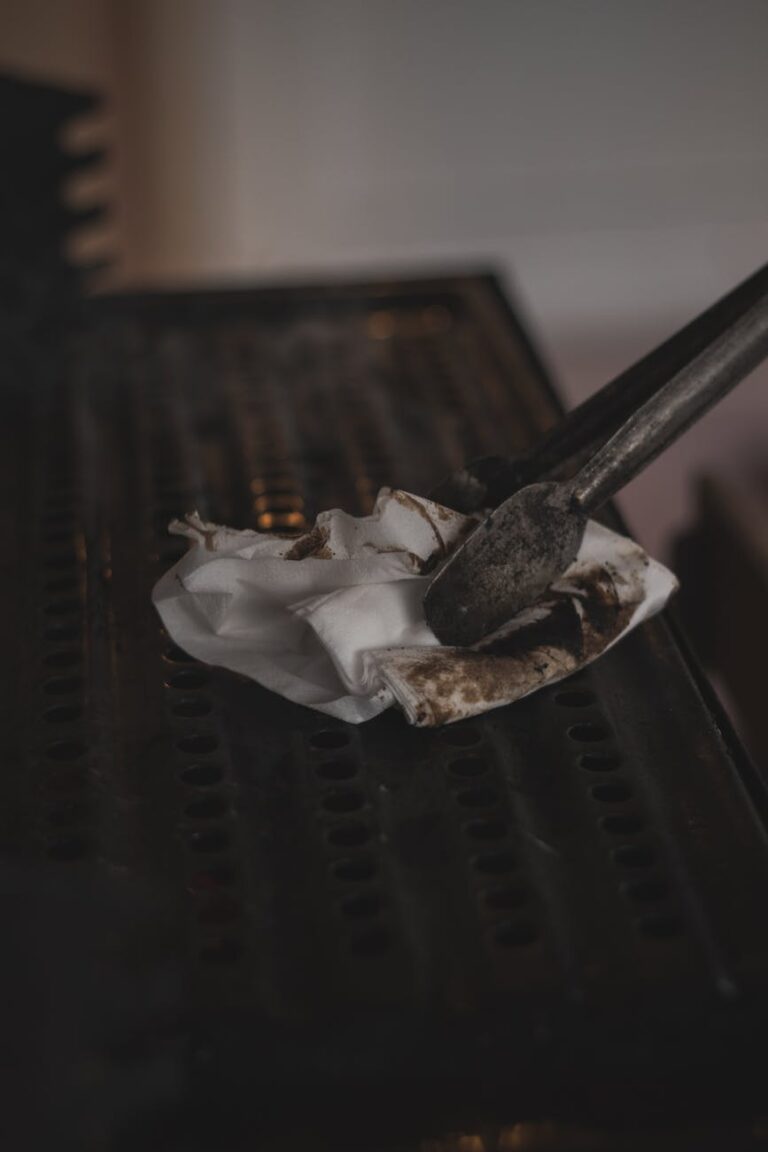Maintaining Your Blackstone Griddle: How to Clean Rust Off A Blackstone Griddle
May contain affiliate links
Learn how to effectively clean rust off your griddle with our step-by-step guide. Discover the tools and materials needed, vinegar or lemon juice methods, steel wool technique, and essential rust prevention tips. Restore your griddle’s shine and keep it rust-free for optimal performance.

Over time, exposure to moisture, humidity, and improper care can lead to rust formation on your beloved Blackstone griddle. It happens to all of us eventually. However, with the right tools, techniques, and a little elbow grease, you can restore the shine and bring your griddle back to its former glory. In this comprehensive guide, we’ll walk you through step-by-step instructions on how to effectively clean rust off your Blackstone griddle, ensuring its longevity and optimal performance.
For a regular cleaning of your Blackstone griddle, check out our guide here
We’ve all seen them, poor and sad little Blackstone griddles that are neglected and covered in rust. Usually for free. Next time you see one, snag it and take it home for some loving and cleaning. It takes a little work, but the reward is there and can get you right into this amazing world of Blackstone griddle cooking.
Why Do Blackstone Griddles Rust?
The first step in fixing our rust problem is understand what caused in the first place, and there are a number of possible explanations.
A Blackstone griddle can rust due to several factors:
1. Exposure to Moisture: Exposing the griddle to moisture, whether from rain, humidity, or improper storage, can lead to rust formation. When water comes into contact with the metal surface and isn’t dried properly, it can cause oxidation, leading to rust.
2. Lack of Seasoning or Protective Coating: Seasoning the griddle with oil creates a protective layer on the metal surface, preventing direct contact with moisture and inhibiting rust formation. If the griddle is not seasoned regularly or if the seasoning layer wears off over time, the metal becomes more vulnerable to rust.
3. Improper Cleaning and Maintenance: Inadequate or infrequent cleaning can leave food debris, grease, and moisture on the griddle surface. These substances can contribute to the development of rust if they are not promptly and thoroughly removed.
4. Exposure to Harsh Elements: Harsh environmental factors, such as saltwater or chemicals, can accelerate the corrosion process and increase the likelihood of rust formation on the griddle.
5. Scratches or Damage to the Surface: Scratches or damage to the protective coating of the griddle can expose the underlying metal to moisture, making it more susceptible to rust.
It’s important to note that while Blackstone griddles are designed with durable materials and protective coatings, rust can still occur over time if proper care and maintenance are not followed. Regular cleaning, seasoning, and protection against moisture are key to preventing rust and preserving the longevity of your griddle.
Gather the Necessary Tools and Materials
Before starting the rust removal process, make sure you have the following tools and materials on hand:
1. Soft-bristle brush or sponge
2. Steel wool or abrasive pad (medium or fine grit)
3. Distilled white vinegar or lemon juice
4. Baking soda
5. Paper towels or clean cloth
6. Vegetable oil or cooking spray
7. Protective gloves
8. Bucket of warm water
9. Plastic scraper or spatula
10. Rust converter (optional)
Preparing the Blackstone Griddle
1. Safety First: Ensure you are working in a well-ventilated area and wear protective gloves to protect your hands.
2. Remove Loose Debris: Use a plastic scraper or spatula to gently scrape off any loose rust flakes or debris from the griddle surface.
3. Heat the Griddle: Turn on your griddle to medium heat for a few minutes to warm up the surface, which helps loosen stubborn rust.
Cleaning the Rust off The Blackstone Griddle
1. Vinegar or Lemon Juice Method:
– Dampen a soft-bristle brush or sponge with distilled white vinegar or lemon juice.
– Gently scrub the rusted areas, applying moderate pressure to remove the rust. Be careful not to scratch the griddle surface.
– For stubborn rust, create a paste by mixing baking soda with vinegar or lemon juice. Apply the paste to the rusted areas and let it sit for 10-15 minutes before scrubbing.
– Rinse the griddle thoroughly with warm water to remove any residue.
– Dry the griddle with paper towels or a clean cloth.
2. Steel Wool or Abrasive Pad Method:
– Wet the rusted areas with water to create a lubricating surface.
– Gently scrub the rusted spots using steel wool or an abrasive pad. Start with medium or fine grit to avoid scratching the griddle surface.
– Use circular motions and moderate pressure to remove the rust. Be patient and repeat the process as needed.
– Rinse the griddle with warm water to remove any rust particles or debris.
– Dry the griddle thoroughly using paper towels or a clean cloth.
I like and appreciate these two methods because they seem to be less invasive. It is a cooking surface afterall, so the less chemicals we can use, the better in my opinion.
Rust Prevention and Maintenance of Blackstone griddle
1. Season the Griddle: After cleaning and removing rust, it is essential to season the griddle to create a protective barrier. Apply a thin layer of vegetable oil or cooking spray to the entire griddle surface, including the previously rusted areas. Heat the griddle on medium heat until the oil begins to smoke. Let it cool, then wipe off excess oil with a paper towel. Do this every single cook. For the best oils you can season a griddle with, check out this article, or our in depth seasoning guide
2. Regular Cleaning: To prevent rust from returning, clean your griddle after each use. Remove food debris, grease, and moisture promptly. Use a mild soap, warm water, and a soft-bristle brush or sponge to gently scrub the surface. Rinse thoroughly and dry completely. Again, every single cook, and our in depth guide is here.
3. Cover and Store: Protect your griddle from moisture and humidity by using a grill cover or storing it in a dry area when not in use. The best storage method is always inside a garage or under a cover to keep it out of the elements , but there are also some great grill covers that are relatively inexpensive.
4. Rust Converter: If you encounter extensive rust or find it difficult to remove, consider using a rust converter product. Follow the instructions provided by the manufacturer to safely apply the converter and restore your griddle’s surface.
With proper care and maintenance, your Blackstone griddle can remain rust-free and ready to serve up delicious meals for years to come. By following the steps outlined in this guide, you can effectively clean rust off your griddle, prevent future rust formation, and ensure the longevity and performance of your cooking surface.
